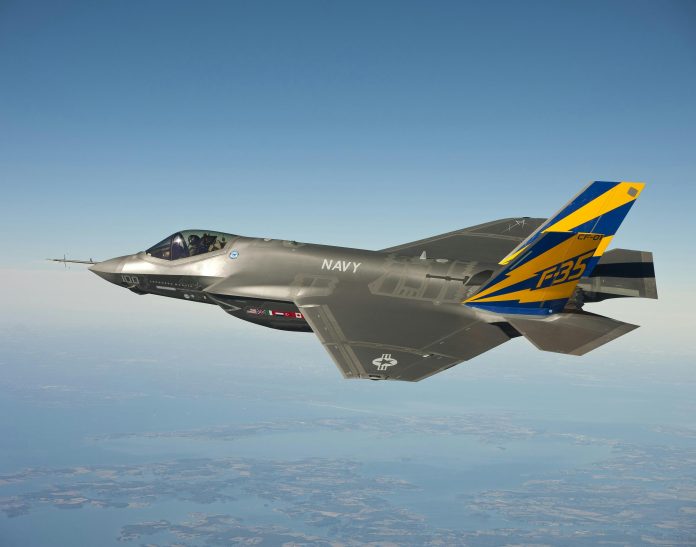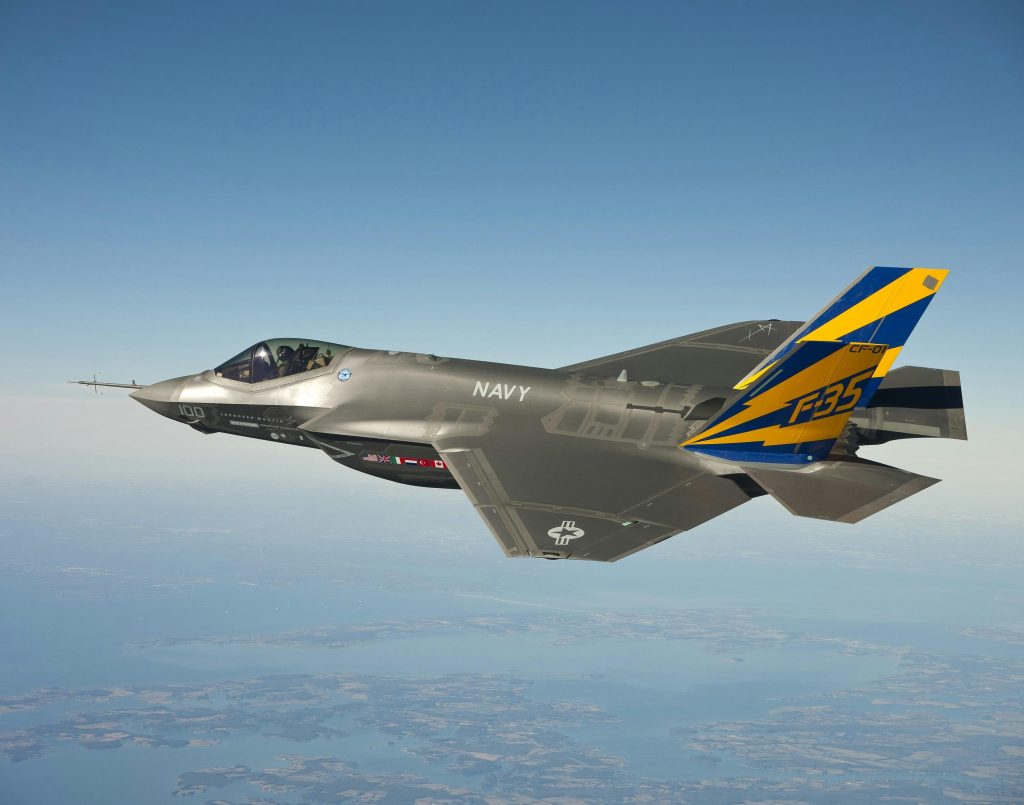
“How do you skip a generation in air-to-air combat without taking the bank with it?” That question, asked by the leadership of Lockheed Martin and repeated by designers such as David Cummings, now resides at the center of a breathtaking transformation in U.S. fighter policy. With the sixth-generation Boeing F-47 in the wings but still decades from entering service, the old F-35 is being repurposed as a bridge providing an enticing combination of next-generation abilities at a small fraction of the expense.
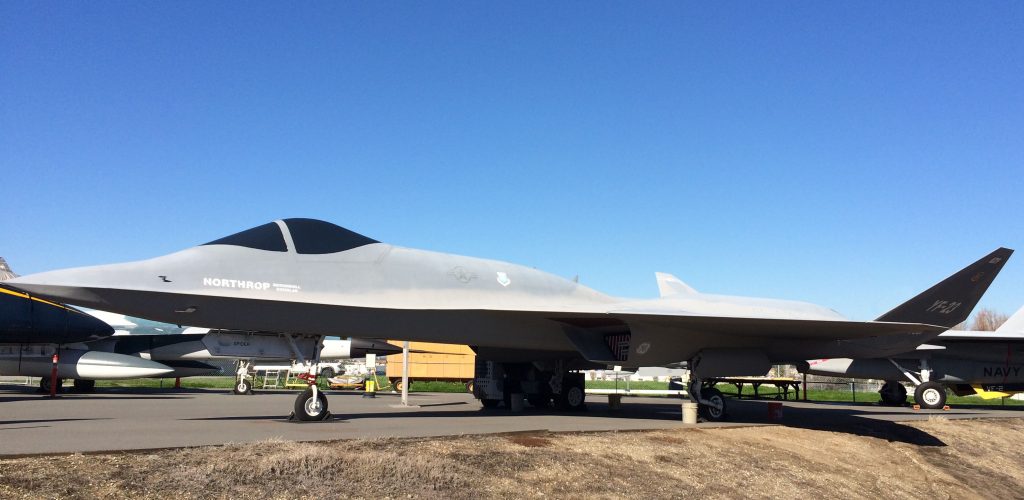
The unveiling of three radical F-35 concepts EX, FX, and GX by the YF-23’s original designer signals a bold new direction for American airpower. These proposals, blending legacy engineering with breakthrough stealth and digital warfare features, promise to deliver 80% of sixth-generation punch for half the price. Here’s how these “Super” F-35s could rewrite the rules of the skies and why analysts are watching closely.

1. The F-35EX: Stretching the Limits with Minimal Disruption
The F-35EX design is intended for aggressive fielding, utilizing as many current F-35 parts as possible. Engineers gain space for an extra 4,000 pounds of internal fuel and equipment by stretching the fuselage 60 inches. Another 1,500 pounds comes from an external tank a duplicate of the F-35C gun pod increasing total fuel capacity 30% above the baseline F-35C.
A new canard foreplane adds lift and pitch control, further improving agility both at subsonic and supersonic speeds. This simple modification, reminiscent of the F-16XL’s makeover, might be an affordable placeholder for the Navy’s F/A-XX program, which has uncertain funding. As explained to Aviation Week by David Cummings, “The shortness of the F-35, along with fuselage cross-sections required to house weapon bays and landing gear, complicate a poor fineness ratio. The F-16XL corrected this issue through a 56-in. fuselage stretch.”
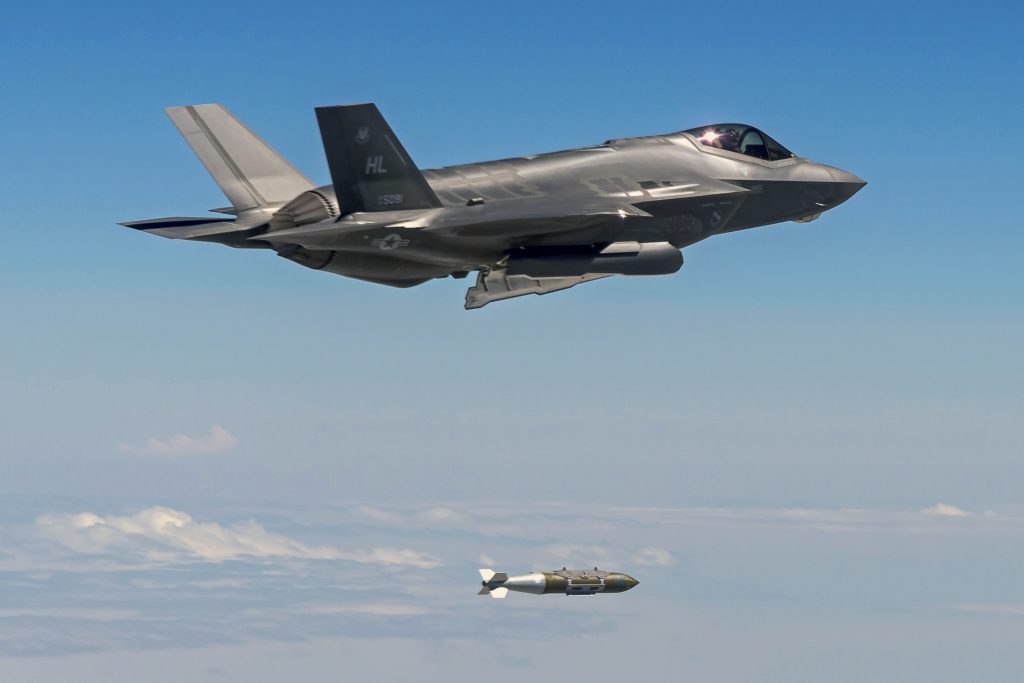
2. The F-35FX: Tailless Configuration for Stealth and Range
Going beyond incremental improvement, the F-35FX notion brings in a completely tailless airframe, reminiscent of the grand X-44 MANTA effort of the late 1990s. By removing vertical and horizontal tails and instead depending on sophisticated three-dimensional thrust vectoring, the FX seeks to reduce radar cross-section while increasing aerodynamic efficiency.
Delta wings further minimize radar signature and enhance high-speed maneuverability. Internal fuel capacity increases by 50% over the F-35A, to approximately 30,000 pounds. This configuration, Cummings states, “would be fully tailless and similar in appearance to Lockheed’s X-44 Multi-Axis No-Tail Aircraft (MANTA) concept.” The FX’s configuration makes it a mid-term solution, with near-sixth-generation stealth and range without the complete cost of a clean-sheet platform.
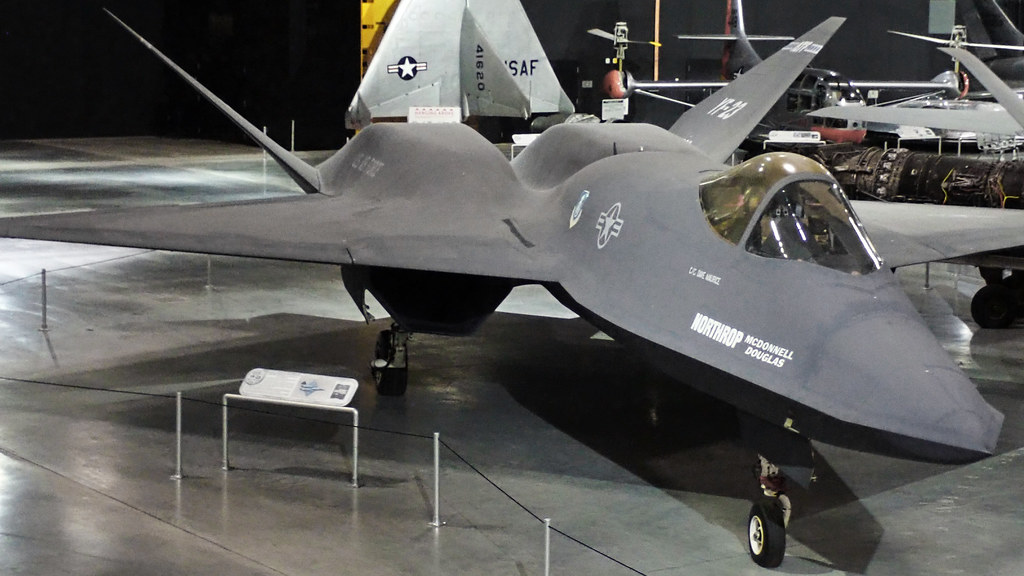
3. The F-35GX: Radical Redesign for Maximum Stealth
The F-35GX takes it one step further, reshaping the F-35’s forward fuselage with a pointed 70-degree chine for even better radar deflection. Engine intakes are moved under the chine, and wingtips are shortened to accommodate the new slope. All the rearward edges are aligned with extraordinary precision to reduce radar returns, creating a configuration that rivals or surpasses the stealth of any existing U.S. fighter.
These modifications are not merely cosmetic; they reflect lessons learned from decades of stealth design, from the YF-23 to today’s B-21 Raider. The GX concept is a long-term vision, but one that could keep the F-35 platform relevant against emerging threats from China and Russia.

4. Manned-Unmanned Teaming: Digital Quarterback of the Future
One of the distinguishing characteristics of the “Super” F-35 roadmap is its adoption of manned-unmanned teaming (MUM-T). Lockheed Martin is working on integrated controls that would enable the F-35 to control drone wingmen straight from the cockpit, turning the fighter into a digital quarterback in the battlefield.
This ability, which obviates the need for pods mounted externally that compromise stealth, is already being showcased. A Dutch F-35 recently passed classified information in real time to a NATO command-and-control network, highlighting the jet’s role as a networked combat node. As the U.S. and its allies scramble to keep up with China’s integration of manned and unmanned systems, this digital warfare breakthrough is essential.
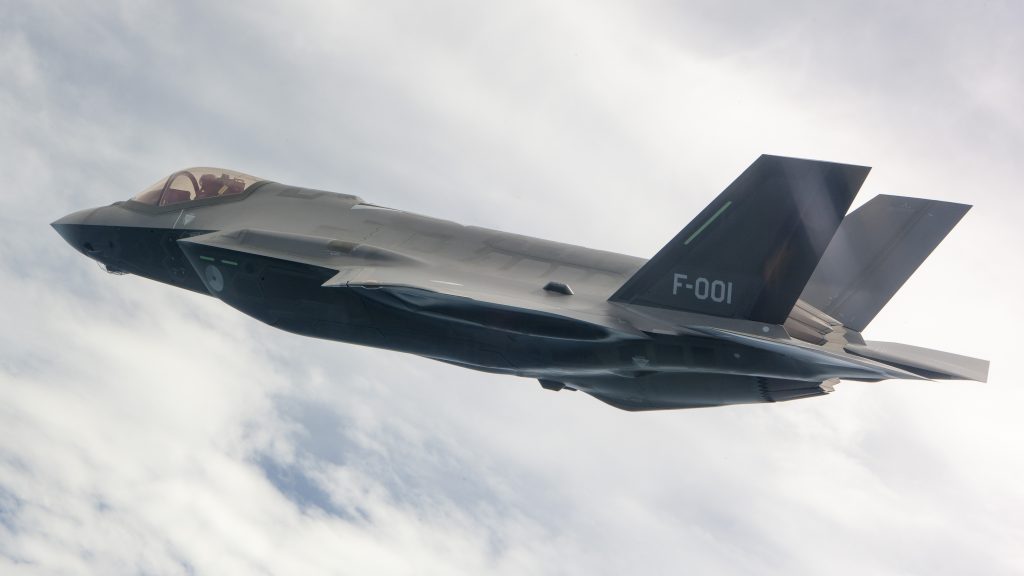
5. Improved Stealth and Electronic Warfare: Conforming to a New Threat Environment
The revised F-35 models are to incorporate better stealth with redesigned body curves, reprofiled engine nozzles, and sophisticated coatings. Stealth is just half of it, though. Lockheed Martin is also revamping the F-35’s electronic warfare package, including the Electro-Optical Targeting System (EOTS) and passive infrared sensors.
These improvements will enable the F-35 to sense and track enemies at extended distance without exposing its position a critical advantage as Chinese and Russian combat aircraft employ more advanced sensors and jammers. The F135 Engine Core Upgrade (ECU) will increase thrust and cooling by 50%, providing the power-intensive systems needed for future combat.
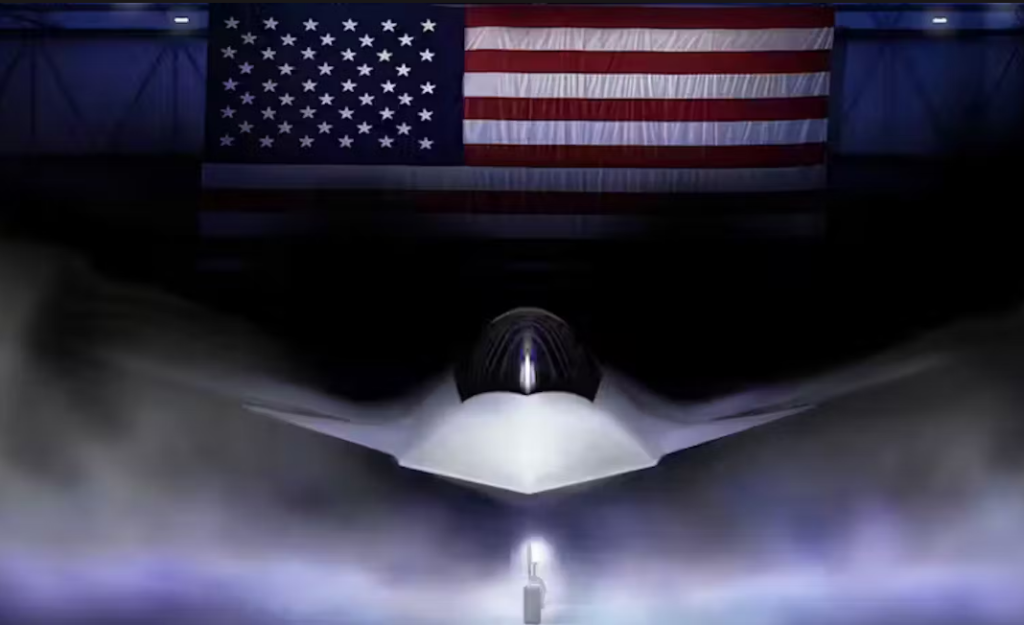
6. Cost-Effective Evolution: Connecting the Fifth and Sixth Generations
While the sixth-generation F-47 would reportedly cost as much as $300 million per plane, Lockheed Martin’s “NASCAR upgrade” solution presents a practical option. By providing 80% of sixth-generation capability for half the cost, the F-35EX/FX/GX series might maintain U.S. and allied air power competitiveness without breaking defense budgets.
This approach draws on the enormous installed base of over 1,185 F-35s globally, with over 3,500 expected at decade’s end. Exportable configurations, with optional capabilities to limit sensitive technologies, make the “Super” F-35 a compelling choice for partners who cannot afford or wait for sixth-generation aircraft.

7. Global Context: Countering China’s Sixth-Generation Breakthroughs
China’s flight testing of the J-36 and J-XX, both tailless sixth-generation aircraft, has shaken up the strategic calculus in the Indo-Pacific. The planes, with combat radius of over 2,500 kilometers and power generation capacity of approximately 1 MW, are intended to be command nodes for swarms of drones and electronic warfare missions.
American experts caution that, for the first time since World War II, a foreign country could deploy more sophisticated air combat technology than the United States. The F-35EX/FX/GX proposals are not therefore merely about cost they are about maintaining air supremacy in an increasingly dynamic technological and geopolitical world.
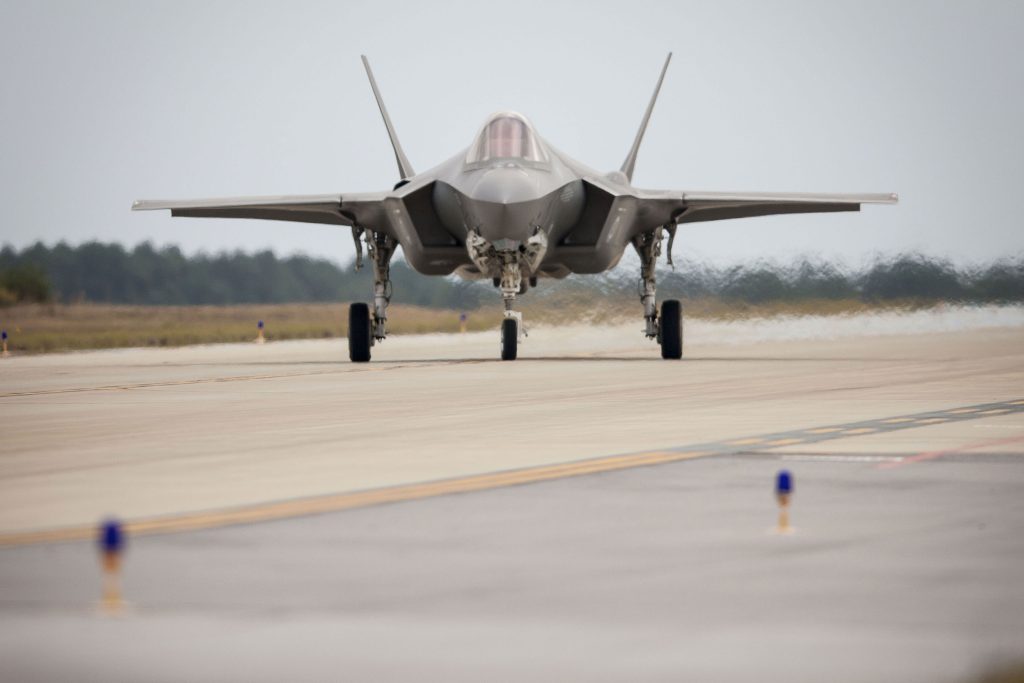
With the advent of the sixth-generation era, the F-35’s transformation is an exemplar of adaptability in warplane technology. The “Super” F-35 ideas EX, FX, and GX provide a unique combination of pragmatism and innovation, with the potential to maintain U.S. and allied military forces at the forefront as next-generation platforms come online. With the velocity of technological advancement unrelenting in today’s world, these enhancements might be the difference in the battle for air dominance.
